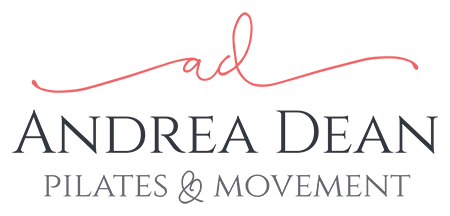
20 Nov Mitochondria
Everyone wants to maintain a healthy body weight.
Every body requires a certain number of daily calories. If the intake is bigger than our body is capable of burning, we store these calories in the form of fat. If we burn more calories than we consume – we lose weight.
To lose weight we can choose to either:
- reduce calories and not exercise
- reduce calories while exercising
By exercising, we build more muscle cells and more mitochondria to burn calories.
Every movement is performed by muscles.
Muscles are made of muscle cells.
Every muscle cell contains mitochondria.
Mitochondria burn calories.
We have a lot of Mitochondria. Still, it never hurts to have more.
Our body will not build new muscles if it does not have a reason to.
I have mentioned “if you don’t use it, you lose it”. Our body needs a reason to produce more mitochondria. When you stop working out, you lose muscle mass, so you stop providing a reason for mitochondria to be around, and the fat loss process becomes less efficient.
We have to keep our muscles alive.
Any movement will keep your muscles alive.
The stronger the muscle – the more muscle cells – the more mitochondria – the more calories are being burned – the more energy is being produced.
The weaker the muscle – the less muscle cells – the less mitochondria – the less energy to perform movement – the fewer calories are being burned.
It is a vicious cycle.
The primary role of mitochondria is to convert the nutrients we eat into energy.
Mitochondria are essential to our energy metabolism, specifically in fatty acid oxidation (fat loss).
For fat loss to occur, fatty acids must be mobilized from fat stores and sent to mitochondria to be oxidized so that they can be used for energy.
Both endurance and strength training cause an increased capacity for fatty acid oxidation that links to an increase in number of mitochondria. High-intensity interval training (Piloxing) is greatly demanding on muscles and stimulates the increase of the mitochondrial density.
Mitochondria are looking for fuel to burn.
Calories are fuel for mitochondria. Muscles are made of protein. If we reduce calorie intake, mitochondria will use muscle protein as a source of fuel to burn. Exercising protects the protein in the muscle from being used by mitochondria as a form of fuel. Instead the fat from calories will become the source of fuel.
To increase the density of mitochondria and to stimulate fat loss, plan to eat a diet that is rich in protein and low-glycemic carbohydrates.
But that could be a topic for another blog.
So do not be sedentary – the older you get the faster you lose your body cells – so use them – as you age.
Strengthen weak muscles to develop more muscle cells.
Studies are proving that not using your muscle is contributing to the aging process – Muscle atrophy happens when we do not use our muscles.
Daily movement is what we need to maintain healthy muscle mass and to have a lot of energy.
You do not have to be running to burn calories.
Think Plies – big muscle movement with big muscle groups – without impacting the joints.
Interesting fact – even your heart burns calories all day!
What are my favorite calorie burning workouts?
Pilates
Piloxing
Essentrics
What is yours?


Kathleen Templeton-Bandola
Posted at 19:27h, 20 NovemberGreat article, Andrea! I had no idea the mitochrondrion was involved in maintaing healthy weight. Your arms look fabulous, by the way!
Andrea Dean
Posted at 08:47h, 19 JulyThank you very much, Kathleen!